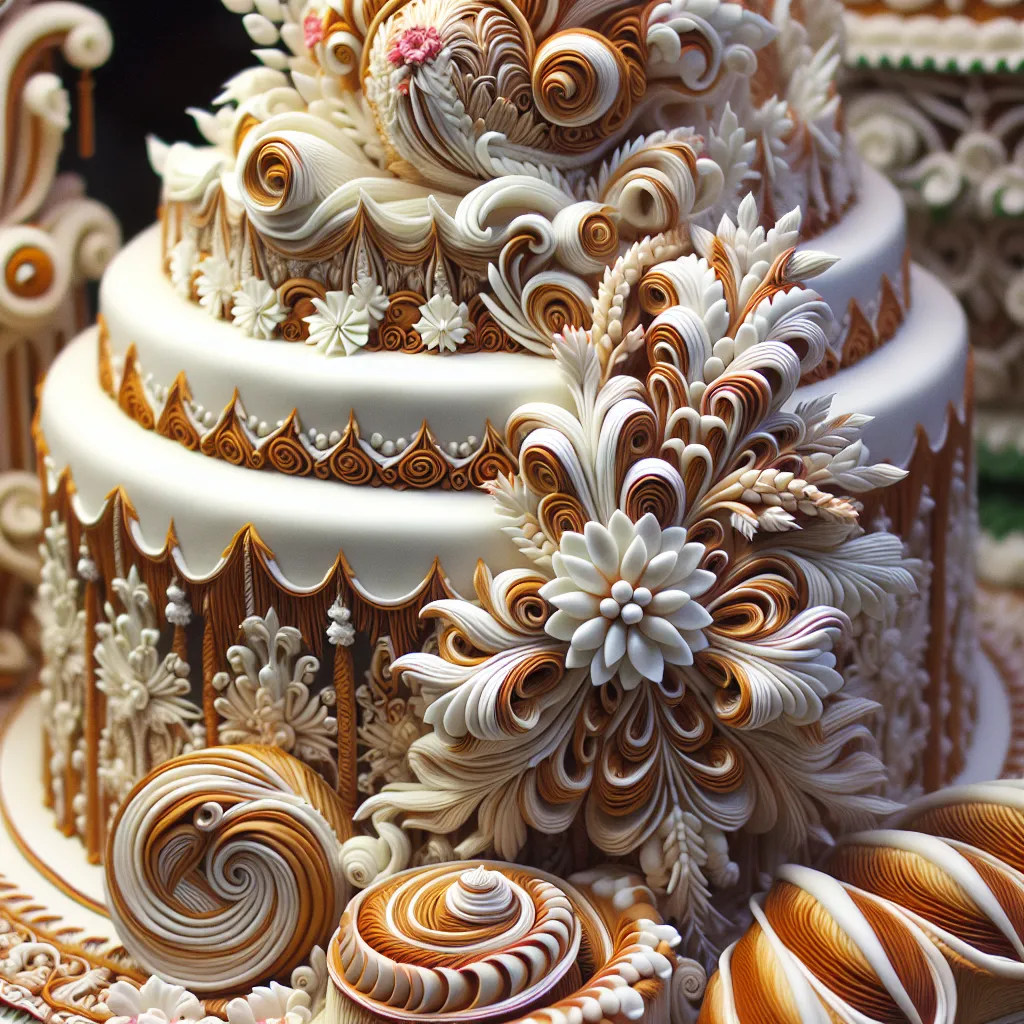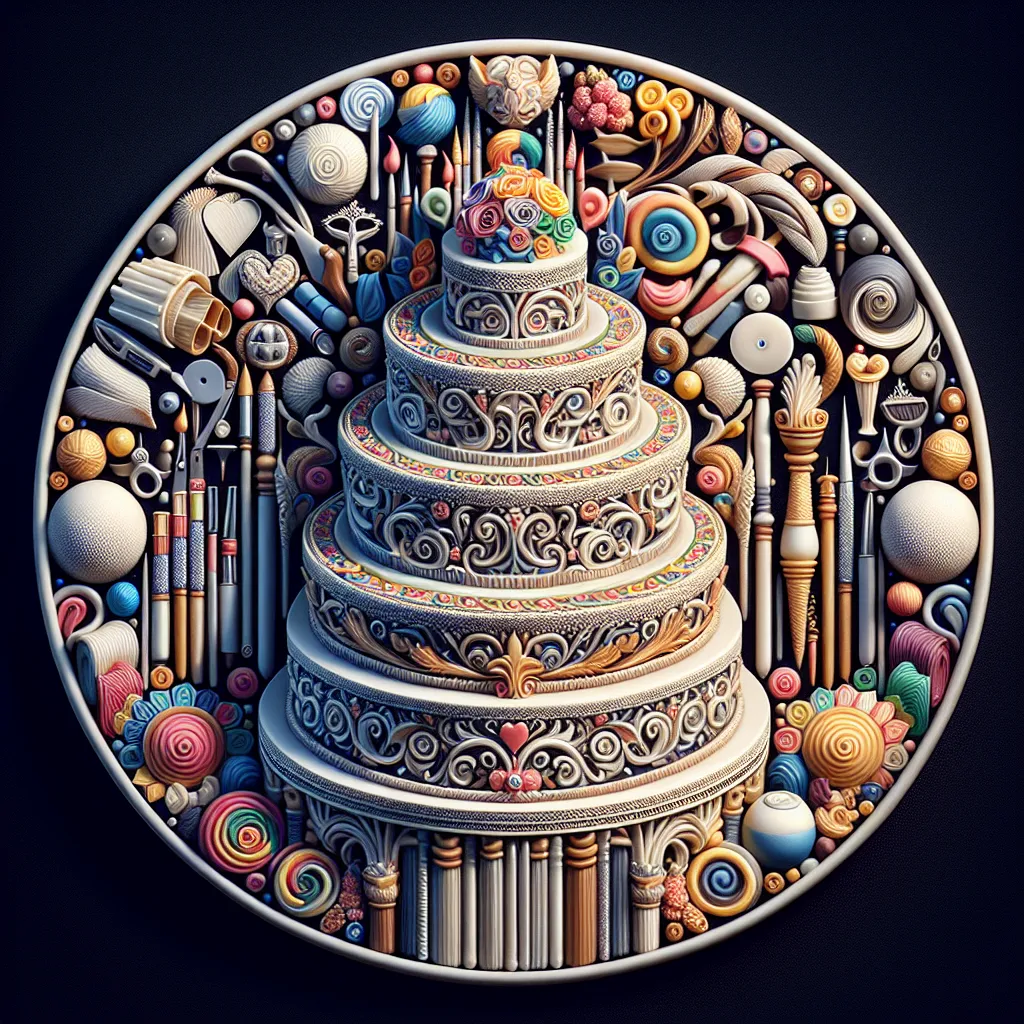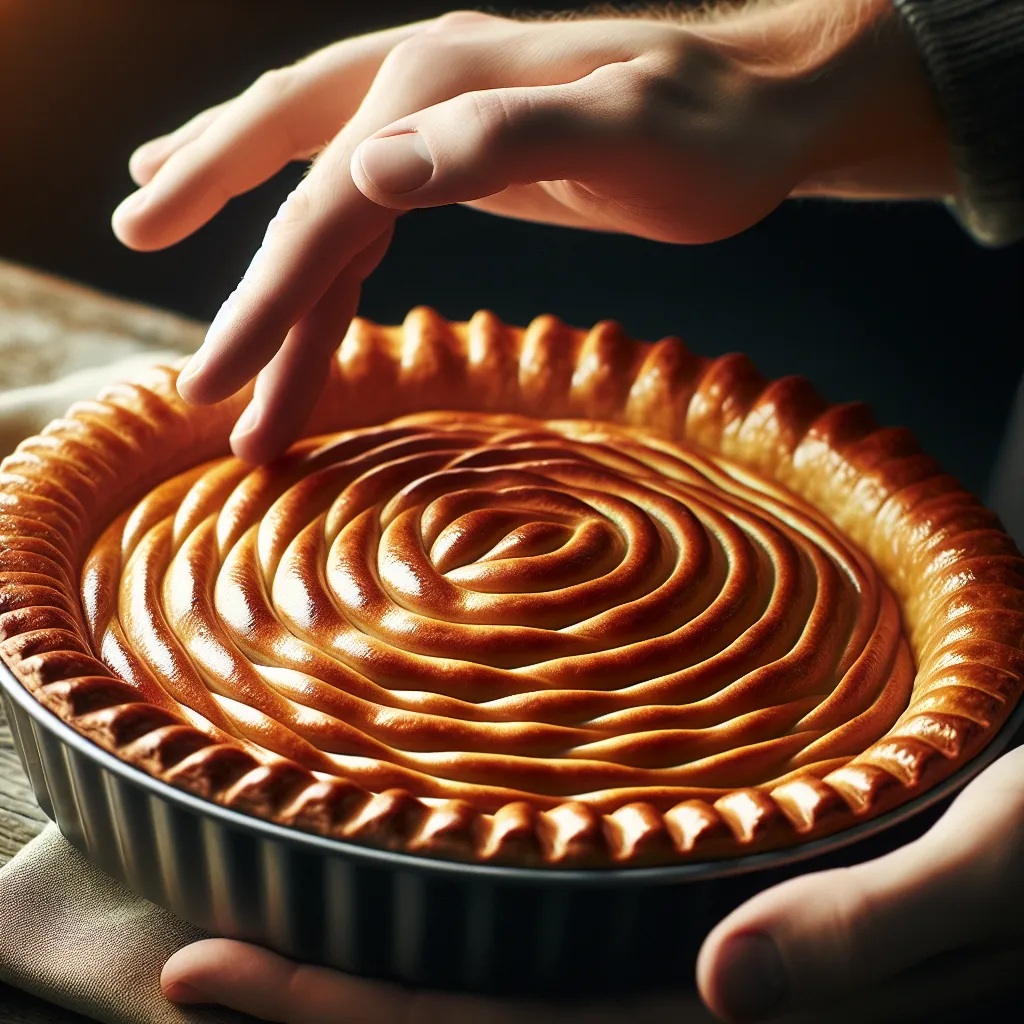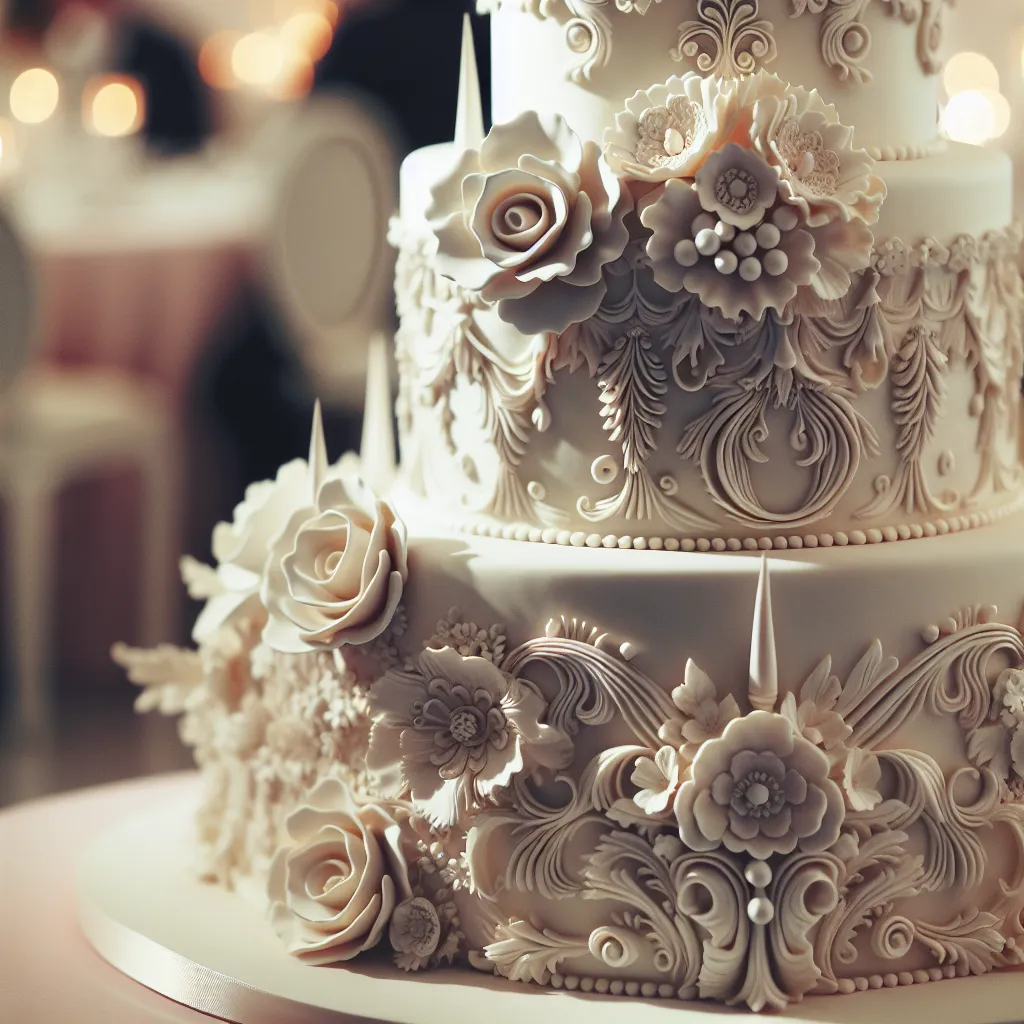Essential Tools for Baking Success
Mastering the art of baking requires not only passion and precision, but also the right tools for the job. Whether you’re a novice or a seasoned baker, having the essential tools can make a significant difference in the outcome of your baked goods. The following list highlights the key tools and equipment that are crucial for baking success.
First and foremost, a set of measuring cups and spoons is indispensable for accurately measuring ingredients. Precision in measurement is critical in baking, and using the right amounts of flour, sugar, and other ingredients can greatly impact the final product. Additionally, an electronic kitchen scale can be extremely helpful, especially when it comes to measuring ingredients by weight, which is often more accurate than using volume measurements.
Another essential tool is a sturdy mixing bowl set. Having a variety of sizes allows for versatility in preparing different recipes, and stainless steel or glass bowls are preferred for their durability and ease of cleaning. A reliable electric mixer, whether a stand mixer or a hand mixer, is also a must-have for efficiently combining ingredients and achieving the desired consistency in batters and doughs.
Furthermore, a good quality set of bakeware is crucial for successful baking. This includes a selection of cake pans, muffin tins, cookie sheets, and loaf pans. Non-stick surfaces or silicone coatings are beneficial for easy release of baked goods and hassle-free cleanup. Investing in a quality rolling pin, pastry brush, and a sturdy wire cooling rack is also essential for tasks such as rolling out dough, glazing pastries, and ensuring proper cooling of baked items.
Lastly, a reliable oven thermometer is often overlooked but is essential for accurate temperature control in baking. Many ovens can have inconsistent temperatures, and having a separate thermometer allows you to adjust accordingly to achieve the precise temperature required for the recipe.
With the right tools at your disposal, you’ll be well-equipped to embark on your baking endeavors with confidence and precision, setting the stage for delectable results time and time again.
Understanding Ingredients: Flour, Sugar, and Leavening Agents
Mastering the art of baking involves understanding the role of ingredients and how they interact to create delicious treats. When it comes to baking, flour, sugar, and leavening agents are the essential building blocks of most recipes. Understanding the properties of these key ingredients is crucial to achieving the perfect texture, flavor, and rise in your baked goods.
Flour is the backbone of most baking recipes, providing structure and stability to the finished product. Different types of flour, such as all-purpose, bread flour, and cake flour, have varying protein levels, which affect the texture of the final baked goods. Gluten formation in flour is crucial for creating the right amount of chewiness and structure in bread and other baked goods. Understanding the differences between flours and how they contribute to the overall texture of your recipe is essential for successful baking.
Sugar not only sweetens baked goods but also plays a vital role in tenderizing, moistening, and providing color and flavor. Granulated, brown, and powdered sugars each have unique characteristics that can impact the texture and flavor of your baked goods. The type and amount of sugar used can also affect the browning and caramelization during baking, leading to changes in the appearance and taste of the final product.
Leavening agents, such as baking powder, baking soda, yeast, and natural starters, are responsible for creating the desired rise and texture in baked goods. Understanding how leavening agents work in conjunction with other ingredients, such as acids and liquids, is crucial for achieving the perfect crumb and structure in your bakes. Using the right leavening agent in the right proportion is essential for creating light and airy cakes, fluffy muffins, and perfectly risen bread.
In conclusion, mastering the art of baking begins with understanding the fundamental role of ingredients such as flour, sugar, and leavening agents. By comprehending the properties and functions of these key elements, bakers can unlock the secrets to creating delectable and perfectly textured baked goods.
Perfecting Baking Techniques: Mixing, Folding, and Kneading
Mastering the art of baking requires not only precision but also a deep understanding of baking techniques. Perfecting baking techniques such as mixing, folding, and kneading is essential for achieving the perfect texture, consistency, and flavor in your baked goods.
When it comes to mixing, the key is to blend the ingredients thoroughly without overmixing. Overmixing can result in tough and dense baked goods, especially when working with batters containing gluten. For dry ingredients, using a sifter or a whisk can help ensure even distribution and prevent clumping.
Folding is a delicate technique often used when incorporating lighter ingredients, such as whipped egg whites or whipped cream, into a heavier batter. The goal is to gently combine the ingredients in a way that retains as much air as possible, crucial for achieving light and airy textures in dishes like soufflés and mousse.
Kneading is a fundamental technique in bread making, where gluten development is crucial for the structure of the loaf. Proper kneading distributes yeast and develops gluten, resulting in the desired chewy texture. The process requires a balance of pressure and motion, and the dough should be elastic and smooth when properly kneaded.
Mastering these baking techniques takes practice and patience, but it is the key to elevating your baking game and creating delectable treats that are sure to impress.
Mastering the Art of Decorating: Icing and Presentation
Mastering the art of decorating plays a crucial role in elevating baked goods from ordinary to extraordinary. When it comes to icing and presentation, attention to detail is key. The first step in mastering the art of decorating is to ensure that the icing has the right consistency, whether it’s buttercream, royal icing, fondant, or ganache. Different consistencies are required for various techniques, such as piping borders, creating intricate designs, or achieving a smooth, flawless finish on cakes and cookies.
Furthermore, understanding the color wheel and the use of food coloring is essential for creating visually appealing treats. The right combination of colors can enhance the overall presentation, making the baked goods more enticing and appetizing. Moreover, mastering techniques like flooding, marbling, and piping can take your decorating skills to the next level, allowing you to unleash your creativity and bring your unique vision to life.
In addition to the icing itself, the presentation of the final product is equally important. Proper plating, garnishing, and styling can transform a simple dessert into a stunning masterpiece. The use of edible decorations, such as fresh fruit, edible flowers, or handcrafted sugar toppers, can add the perfect finishing touch.
Ultimately, mastering the art of decorating requires practice, patience, and a keen eye for detail. By honing your skills in icing and presentation, you can take your baking creations to new heights, leaving a lasting impression on anyone who has the pleasure of indulging in your delectable treats.




